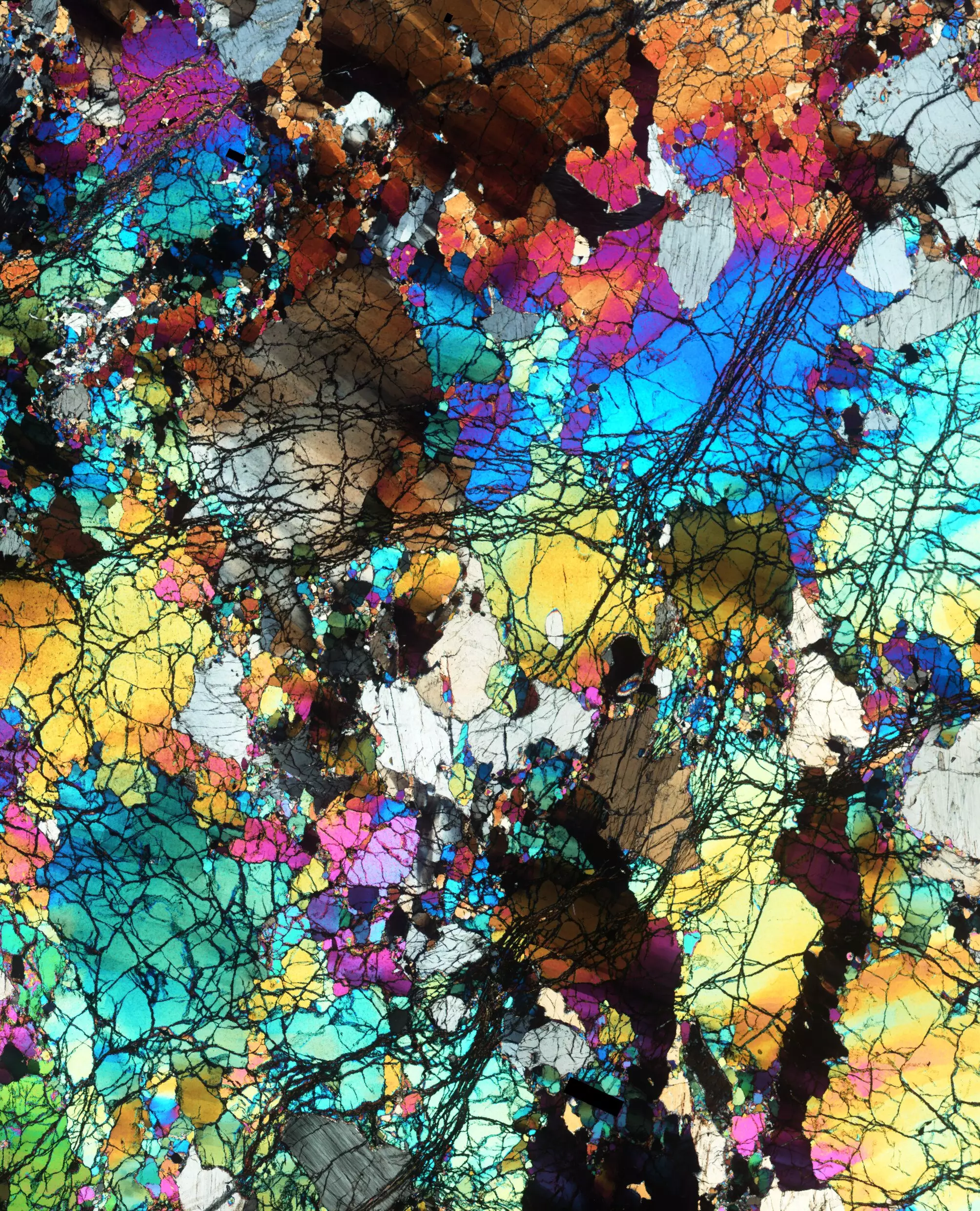Recent findings from a team of researchers at the Smithsonian’s National Museum of Natural History have upended widely accepted notions about the history of Earth’s mantle. By analyzing 2.5 billion-year-old rocks retrieved from the seafloor, scientists reveal that the oxidation state of Earth’s mantle has been remarkably stable over geological time, in stark contrast to previous theories suggesting significant transitions. Explored in a study published by the prestigious journal Nature, this breakthrough not only enhances our understanding of Earth’s formative processes but also clarifies the complex interactions that underpin the planet’s geological makeup.
The essence of the new findings pivots on a critical analysis of the oxidation levels of ancient mantle samples. The prevailing belief among geologists has often been that oxidation events played a significant role in altering Earth’s mantle composition over time. This research suggests, instead, that chemical signatures have remained consistent, raising profound questions about our understanding of geological timeframes. “This study tells us more about how this special place in which we live came to be the way it is,” observed Elizabeth Cottrell, a leading figure in this research. The implications extend far beyond mere geological science—they resonate with the narrative of human existence itself.
The Nature of the Rocks: An In-Depth Investigation
The rocks studied in this groundbreaking research were collected from the slow-spreading Gakkel Ridge and the Southwest Indian Ridge, two tectonic plate boundaries that serve as prime windows into mantle composition. Unlike the fast-spreading ridges that are typically teeming with volcanic activity, these areas provide samples less influenced by modern geological processes. By analyzing the unique geochemical properties of these rocks, researchers uncovered evidence that they had undergone extreme melting while maintaining lower oxidation levels than those observed in contemporary mantle rocks.
What does this mean for our understanding of Earth’s geology? The research indicates that these ancient rocks, dating back to the Archean Eon, were produced under conditions of significant heat—perhaps as much as 360-540 degrees Fahrenheit hotter than the current mantle environment. This unsettling contrast challenges previously held beliefs and suggests that the cooler mantle of today has led to a systematic alteration in oxidation levels, limiting the production of rocks like those studied. Essentially, we are witnessing a geochemical evolution that may very well hold the key to nature’s intricate designs.
Methodology: A Window into Earth’s Deep Past
The researchers utilized a combination of meticulous chemical analyses and modeling to delve into the implications of the stark differences between ancient and modern mantle rocks. Their sophisticated methodologies uncovered that the extreme melting experienced by these ancient samples protected them from chemical changes that might otherwise have obscured their original signatures. The idea that these rocks serve as “geological time capsules” cannot be overstated; they provide insight not just into the physical properties of the mantle but also into the very processes that dictated the formation and evolution of Earth itself.
This research underscores the technological and intellectual rigor involved in geological studies, reminding us that our understanding of the planet is continually evolving. The interaction of various geological forces and conditions sheds light on the complexities of Earth’s mantle—an area that, until now, has been relatively elusive. By synthesizing evidence from multiple sources and employing advanced analytical techniques, this study crystallizes the notion that scientific inquiry is gradually illuminating the enigmatic character of our home planet.
Revisiting Geological Assumptions
For more than a decade, geologists have debated the oxidation state of the Earth’s mantle. Several hypotheses claimed that oxidizing events had transformed the mantle over time, resulting in a more substantial oxidation level in contemporary samples. However, this study provides a compelling counter-narrative: rather than suggesting a long history of oxidizing transformations, it implies that the natural state of the mantle is one of relative stability. The low oxidation of ancient samples can be attributed to their formation under extreme conditions, which are no longer replicated in today’s cooler mantle.
This pivotal finding shifts the discourse around Earth’s geological history, prompting a re-evaluation of the models that have previously sought to explain the evolution of the mantle’s chemical makeup. It posits that instead of an evolutionary increase in oxidation, the mantle’s chemical state has remained consistent across billions of years, fundamentally altering our understanding of the planet’s geological processes.
The Bigger Picture: Linking Geochemistry and Origins of Life
This research forms part of a broader initiative to distill what makes Earth unique among its cosmic neighbors. As we aim to comprehend our planet’s oceans, continents, and the environmental conditions that may have allowed life to flourish, studies like these play an invaluable role in piecing together our planet’s intricate history. The stability of the mantle’s oxidation state, as revealed in this study, hints at conditions that could have facilitated the emergence of life, underscoring the intricate connections that bind geochemistry to the biological narrative.
Researchers like Cottrell and her team are not merely piecing together geological puzzles; they are drawing connections that will influence future scientific inquiry. As they continue their work, aiming to simulate Archean conditions in laboratory settings, we must recognize that these insights have the potential to reshape our understanding of not just Earth, but the very foundations of life as we know it. In an age where scientific revolutions are both celebrated and questioned, this groundbreaking research serves as a timely reminder of the enduring mysteries and astonishing complexities of our world.

